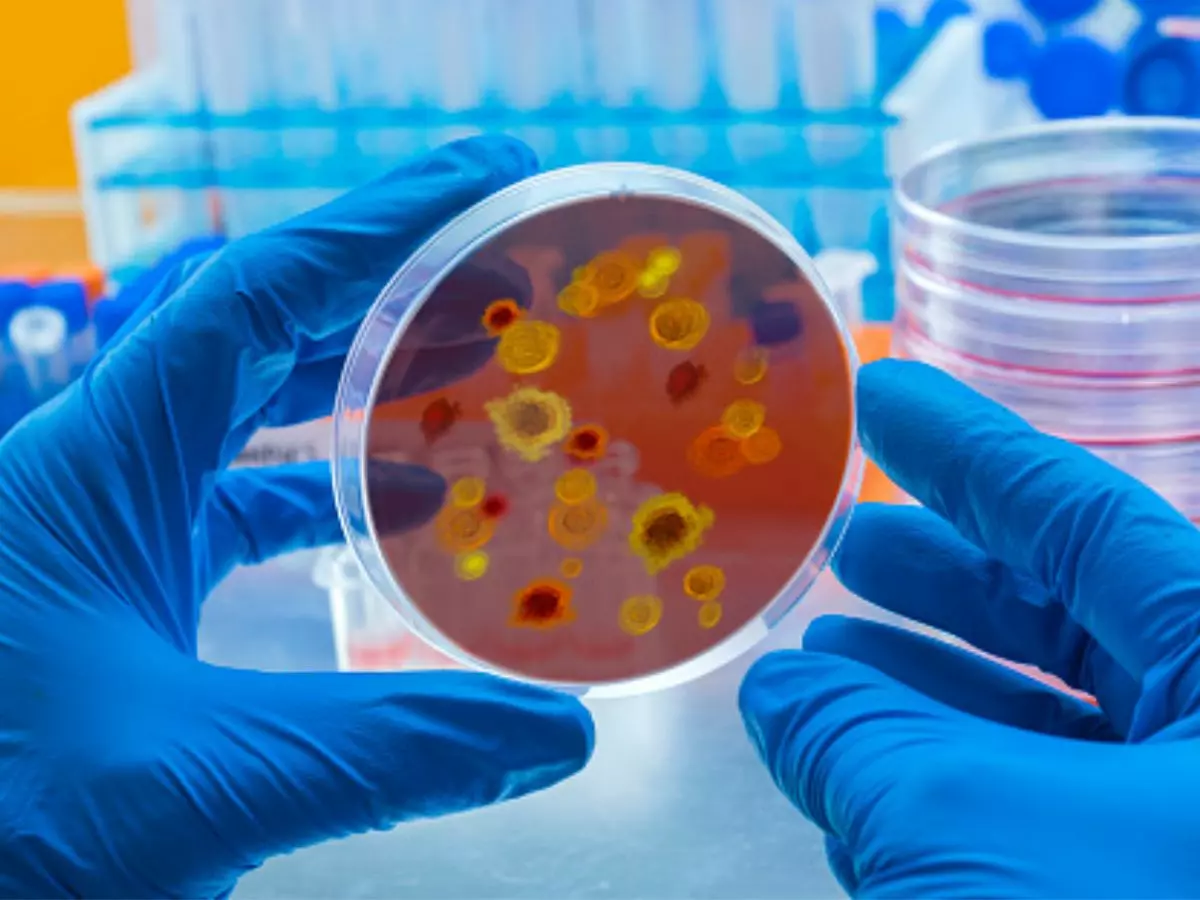Dangerous Viruses Survive In Fresh Water By Binding With Microplastics, Study Finds
Researchers say that those with the coating saw the envelope dissolve and quickly die, whereas those without the coating bond to the microplastics and survived.

Plastic pollution in the water can help dangerous viruses survive for up to three days, according to a recent discovery reported by The Guardian.
 Unsplash
Unsplash
Also Read: Microplastics Kill Human Cells: Long-Term Effects Revealed In New Study
Researchers from the University of Stirling have found enteric viruses that are known to cause diarrhoea and other issues were found to survive in freshwater, by attaching themselves to tiny microplastic particles less than 5 millimetres long, while staying infectious.
They tested two kinds of viruses -- those that have a covering around them (like flu virus) and those without one (enteric viruses like norovirus and rotavirus).
Researchers say that those with the coating saw the envelope dissolve and quickly die, whereas those without the coating bond to the microplastics and survived.
This is in fact the first-ever research to show how viruses behave in the environment. They made use of standard lab methods to determine if the viruses present on microplastics that were found in the water were infectious.
This infectiousness existed for three days which was enough for it to survive from the wastewater treatment plants to public beaches. They also highlight that wastewater treatment plants aren¡¯t capable of capturing microplastics.
 Unsplash
Unsplash
Also read: Microplastics From Packaging & Soda Bottles Travel In Atmosphere Across Continents Through Wind
Despite their treatment endeavours, the water will contain microplastics in it, that eventually get transported down the river, and eventually end up at the beach, where the particles being ever so tiny, could be easily swallowed by swimmers.
The impact of microplastics on human health isn¡¯t certain as of now, but researchers warn that if the bits of microplastics are colonised by human pathogens, it could turn into a considerable health risk.
Researchers tested the viruses only for three days, and in future research, they aim to study how long they would truly remain infectious.
For more in the world of technology and science, keep reading Indiatimes.com
